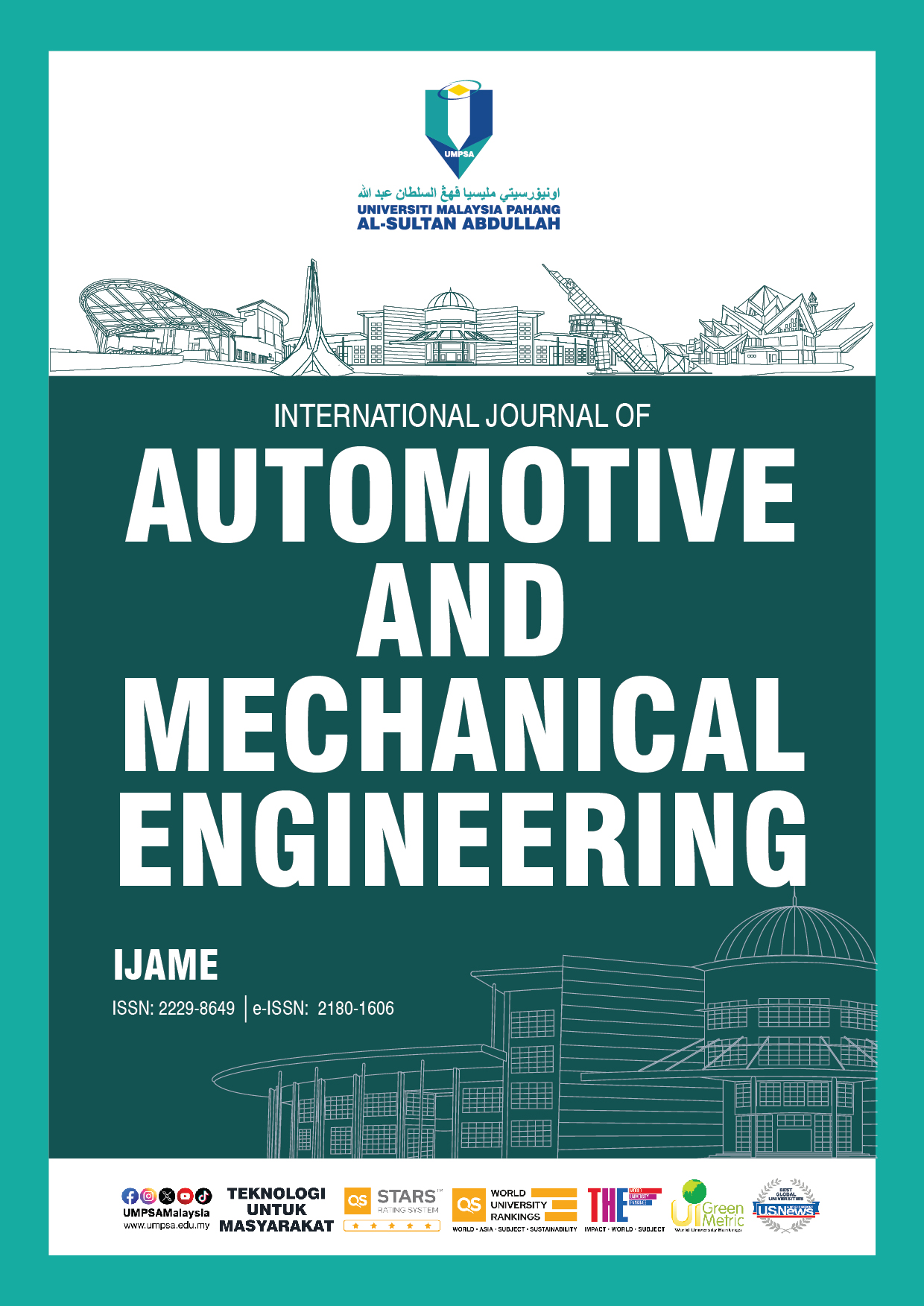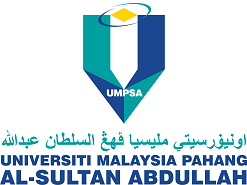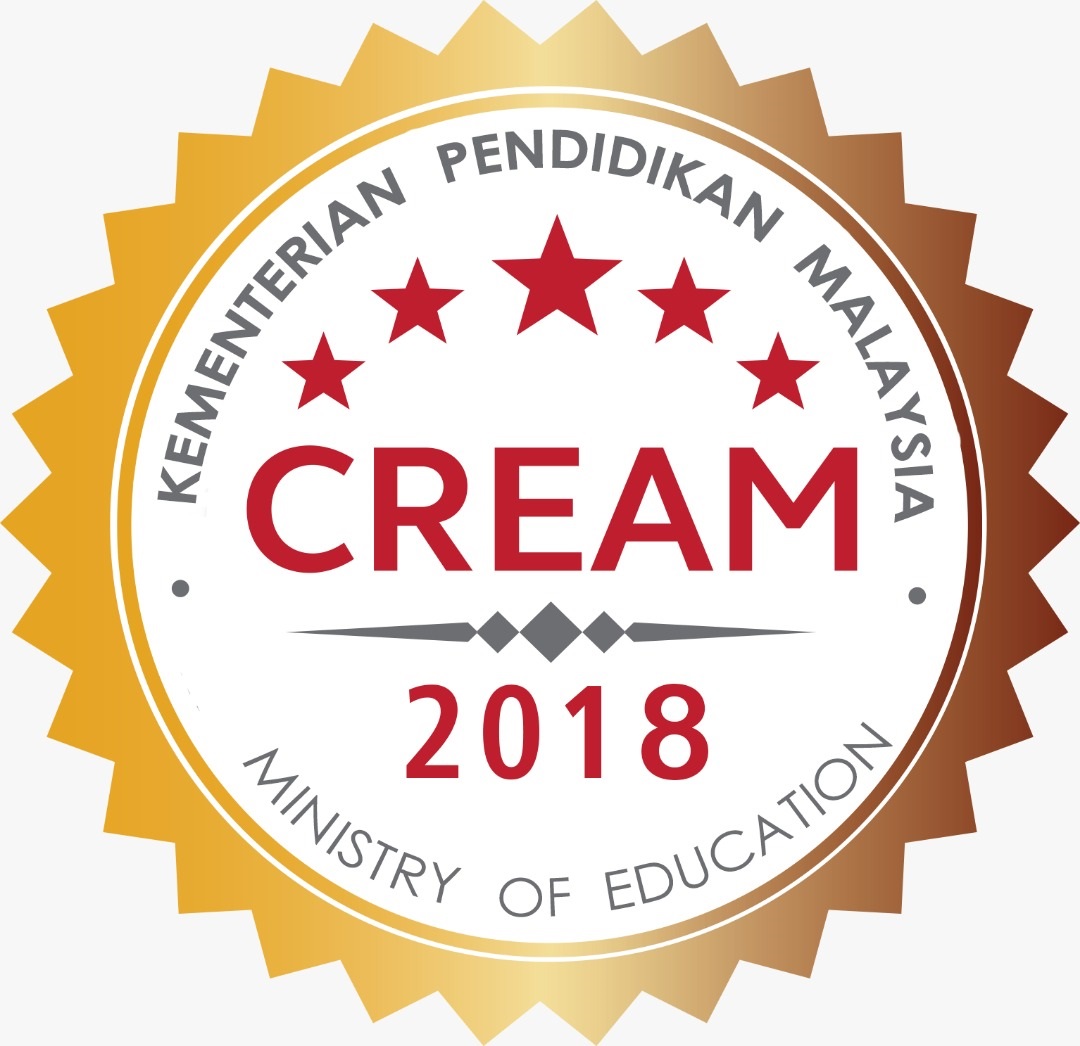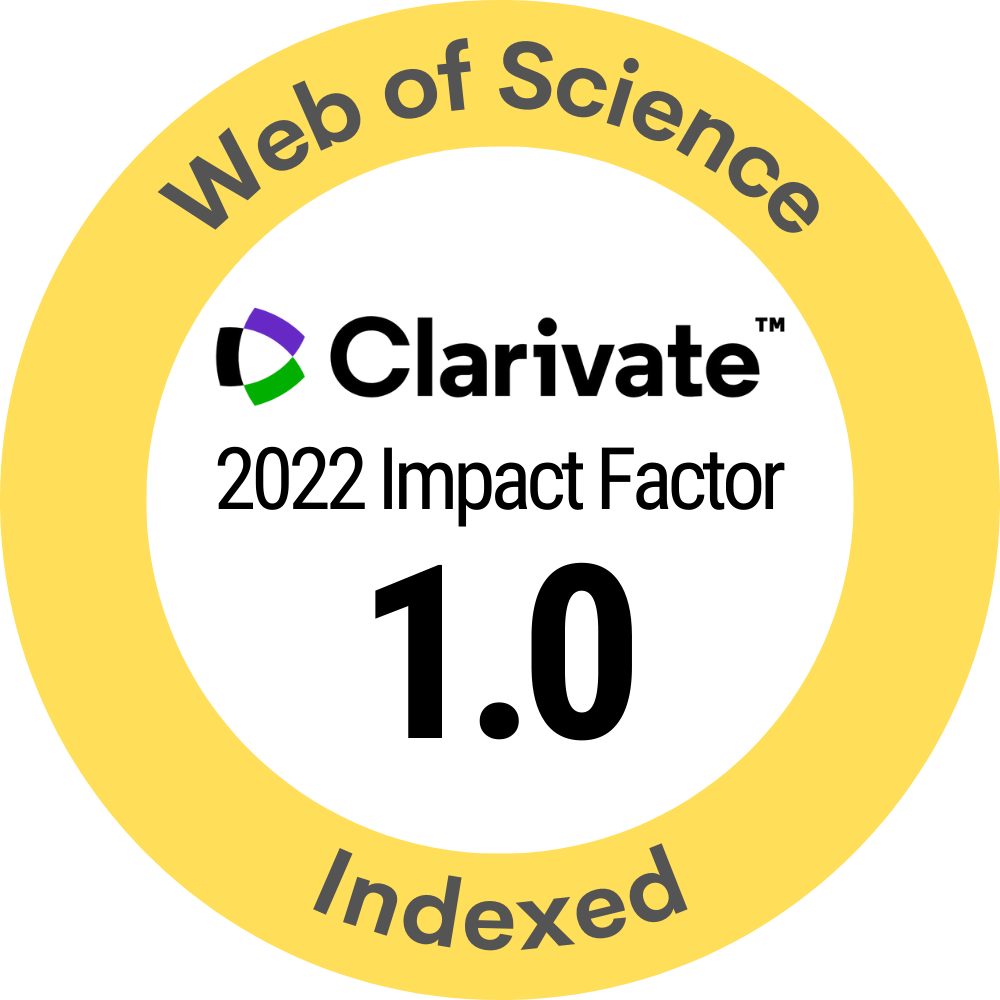Optimization of 3D Printing Parameters for Enhanced PLA Tensile Strength Using the Taguchi Method
DOI:
https://doi.org/10.15282/ijame.22.1.2025.7.0924Keywords:
Additive manufacturing, Fused Deposition Modelling, Polylactic acid , Tensile strength, Taguchi method, Process optimizationAbstract
Fused Deposition Modeling (FDM) has significantly advanced in the additive manufacturing of complex geometrical and customized parts, particularly for thermoplastics like Polylactic Acid (PLA). The present study aimed to optimize FDM process parameters to improve the tensile strength of 3D-printed PLA, a crucial mechanical property for various applications. The Taguchi method was employed to systematically and effectively analyze the effects of six key process parameters: nozzle temperature, printing speed, layer thickness, infill density, infill pattern, and orientation. The analysis revealed that among these parameters, only nozzle temperature and infill density had a significant impact on tensile strength, as demonstrated by the variance analysis. By optimizing these critical parameters, the tensile strength of the printed PLA parts was improved from the previously reported 35 MPa to 40 MPa, representing a notable enhancement. Additionally, a linear regression-based empirical model was developed, achieving an R-squared value of 89.2%, enabling accurate prediction of tensile strength for given process parameter values. These findings provide a vital foundation for enhancing the mechanical performance of FDM-printed PLA components. They are particularly relevant for applications across industries requiring high-strength materials, further solidifying the potential of FDM in advanced manufacturing scenarios.
References
[1] S. Abdallah, S. Ali, and S. Pervaiz, “Performance optimization of 3D printed polyamide 12 via Multi Jet Fusion: A Taguchi grey relational analysis (TGRA),” International Journal of Lightweight Materials and Manufacture, vol. 6, no. 1, pp. 72–81, 2023.
[2] O. Tunçel, “Optimization of charpy impact strength of tough PLA samples produced by 3D printing using the Taguchi Method,” Polymers (Basel), vol. 16, no. 4, p. 459, 2024.
[3] F. Arifin, A. Zamheri, Y.D. Herlambang, A.P. Syahputra, I. Apriansyah, and F. Franando, “Optimization of process parameters in 3D printing FDM by using the Taguchi and Grey relational analysis methods,” Sintek Jurnal: Jurnal Ilmiah Teknik Mesin, vol. 15, no. 1, p. 1, 2021.
[4] R. Kumaresan, M. Samykano, K. Kadirgama, A.K. Pandey, and Md. M. Rahman, “Effects of printing parameters on the mechanical characteristics and mathematical modeling of FDM-printed PETG,” The International Journal of Advanced Manufacturing Technology, vol. 128, no. 7–8, pp. 3471–3489, 2023.
[5] M. Touri, F. Kabirian, M. Saadati, S. Ramakrishna, and M. Mozafari, “Additive manufacturing of biomaterials − The evolution of rapid prototyping,” Advanced Engineering Materials, vol. 21, no. 2, p. 1800511, 2019.
[6] A. Hassan, S.R. Pedapati, M. Awang, and I.A. Soomro, “A comprehensive review of friction stir additive manufacturing (FSAM) of non-ferrous alloys,” Materials, vol. 16, no. 7, p. 2723, Mar. 2023.
[7] M. Hikmat, S. Rostam, and Y.M. Ahmed, “Investigation of tensile property-based Taguchi method of PLA parts fabricated by FDM 3D printing technology,” Results in Engineering, vol. 11, p. 100264, 2021.
[8] A. Kafle, E. Luis, R. Silwal, H.M. Pan, P.L. Shrestha, and A.K. Bastola, “3D/4D Printing of Polymers: Fused Deposition Modelling (FDM), Selective Laser Sintering (SLS), and Stereolithography (SLA),” Polymers (Basel), vol. 13, no. 18, p. 3101, 2021.
[9] M. Mohammadi Zerankeshi, S.S. Sayedain, M. Tavangarifard, and R. Alizadeh, “Developing a novel technique for the fabrication of PLA-graphite composite filaments using FDM 3D printing process,” Ceramics International, vol. 48, no. 21, pp. 31850–31858, 2022.
[10] E.H. Tümer and H.Y. Erbil, “Extrusion-based 3D printing applications of PLA composites: A review,” Coatings, vol. 11, no. 4, p. 390, 2021.
[11] Z. Liu, Q. Lei, and S. Xing, “Mechanical characteristics of wood, ceramic, metal and carbon fiber-based PLA composites fabricated by FDM,” Journal of Materials Research and Technology, vol. 8, no. 5, pp. 3741–3751, 2019.
[12] V.S. Vakharia, L. Kuentz, A. Salem, M.C. Halbig, J.A. Salem, and M. Singh, “Additive manufacturing and characterization of metal particulate reinforced Polylactic Acid (PLA) polymer composites,” Polymers (Basel), vol. 13, no. 20, p. 3545, 2021.
[13] S. Valvez, P. Santos, J.M. Parente, M.P. Silva, and P.N.B. Reis, “3D printed continuous carbon fiber reinforced PLA composites: A short review,” Procedia Structural Integrity, vol. 25, pp. 394–399, 2020.
[14] A. Morvayová, N. Contuzzi, L. Fabbiano, and G. Casalino, “Multi-attribute decision making: Parametric optimization and modeling of the FDM manufacturing process using PLA/Wood biocomposites,” Materials, vol. 17, no. 4, p. 924, 2024.
[15] I.J. Solomon, P. Sevvel, and J. Gunasekaran, “A review on the various processing parameters in FDM,” Materials Today: Proceedings, vol. 37, pp. 509–514, 2021.
[16] G. Nyiranzeyimana, J.M. Mutua, B.R. Mose, and T.O. Mbuya, “A grey‐based Taguchi method to optimize fused deposition modelling process parameters for manufacture of a hip joint implant,” Materwiss Werksttech, vol. 53, no. 1, pp. 89–108, 2022.
[17] A. Dey and N. Yodo, “A systematic survey of FDM process parameter optimization and their influence on part characteristics,” Journal of Manufacturing and Materials Processing, vol. 3, no. 3, p. 64, 2019.
[18] P. Wang, B. Zou, S. Ding, L. Li, and C. Huang, “Effects of FDM-3D printing parameters on mechanical properties and microstructure of CF/PEEK and GF/PEEK,” Chinese Journal of Aeronautics, vol. 34, no. 9, pp. 236–246, 2021.
[19] J. John, D. Devjani, S. Ali, S. Abdallah, and S. Pervaiz, “Optimization of 3D printed polylactic acid structures with different infill patterns using Taguchi-grey relational analysis,” Advanced Industrial and Engineering Polymer Research, vol. 6, no. 1, pp. 62–78, 2023.
[20] J. Singh, K.K. Goyal, R. Kumar, and V. Gupta, “Influence of process parameters on mechanical strength, build time, and material consumption of 3D printed polylactic acid parts,” Polymer Composites, vol. 43, no. 9, pp. 5908–5928, 2022.
[21] S. Sahoo, H. Sutar, P. Senapati, B. Shankar Mohanto, P. Ranjan Dhal, and S. Kumar Baral, “Experimental investigation and optimization of the FDM process using PLA,” Materials Today: Proceedings, vol. 74, pp. 843–847, 2023.
[22] B.O. Omiyale, T.O. Olugbade, T.E. Abioye, and P.K. Farayibi, “Wire arc additive manufacturing of aluminium alloys for aerospace and automotive applications: A review,” Materials Science and Technology, vol. 38, no. 7, pp. 391–408, 2022.
[23] S.Z. Gebrehiwot and L. Espinosa-Leal, “Characterising the linear viscoelastic behaviour of an injection moulding grade polypropylene polymer,” Mechanics of Time-Dependent Materials, vol. 26, no. 4, pp. 791–814, 2022.
[24] S. Chinchanikar, S. Shinde, A. Shaikh, V. Gaikwad, and N.H. Ambhore, “Multi-objective Optimization of FDM Using Hybrid Genetic Algorithm-Based Multi-criteria Decision-Making (MCDM) Techniques,” Journal of The Institution of Engineers (India): Series D, vol. 105, no. 1, pp. 49–63, 2024.
[25] F. Rachman, B. Kurniawan, and M. Yoningtias, “Optimization of 3D printing process parameters on tensile strength of ABS filament material product using Taguchi method,” in Proceedings of the 4th International Conference on Applied Science and Technology on Engineering Science, SCITEPRESS - Science and Technology Publications, pp. 284–290, 2021.
[26] C. Yang, C. Ren, Y. Jia, G. Wang, M. Li, and W. Lu, “A machine learning-based alloy design system to facilitate the rational design of high entropy alloys with enhanced hardness,” Acta Materialia, vol. 222, p. 117431, 2022.
[27] J. Cui, L. Mei, W. Xiao, and Z. Liu, “Multi-objective design optimization of the DPMSM using RSM, Taguchi Method, and improved Taguchi method,” Journal of Electrical Engineering & Technology, vol. 19, no. 3, pp. 1343–1357, 2024.
[28] C.E. Alviar and B.A. Basilia, “Mechanical properties of FDM fabricated PLA parts: Effect of 3D printing parameter optimization using Taguchi method,” Key Engineering Materials, vol. 975, pp. 105–112, 2024.
[29] N. Lokesh, B.A. Praveena, J. Sudheer Reddy, V.K. Vasu, and S. Vijaykumar, “Evaluation on effect of printing process parameter through Taguchi approach on mechanical properties of 3D printed PLA specimens using FDM at constant printing temperature,” Materials Today: Proceedings, vol. 52, pp. 1288–1293, 2022.
[30] R. Patel, S. Jani, and A. Joshi, “Review on multi-objective optimization of FDM process parameters for composite materials,” International Journal on Interactive Design and Manufacturing, vol. 17, no. 5, pp. 2115–2125, 2023.
Downloads
Published
Issue
Section
License
Copyright (c) 2025 The Author(s)

This work is licensed under a Creative Commons Attribution-NonCommercial 4.0 International License.







